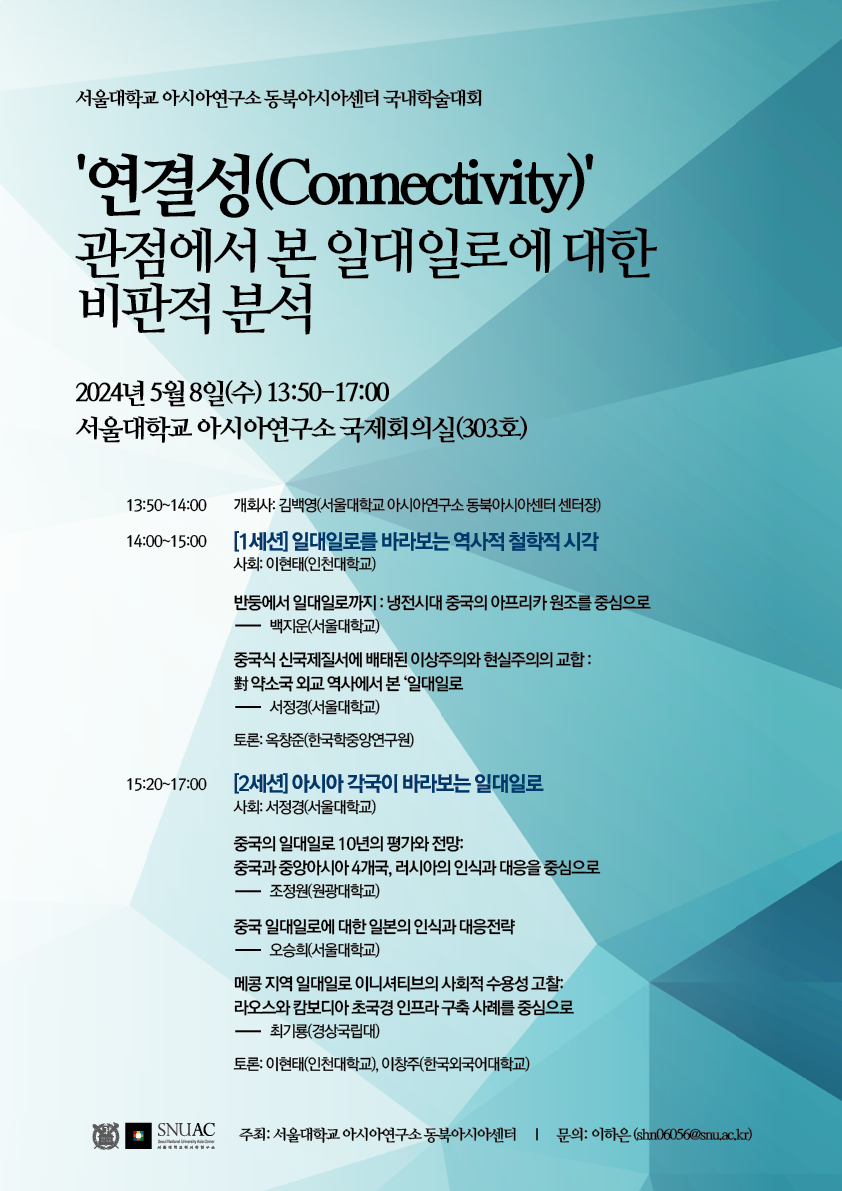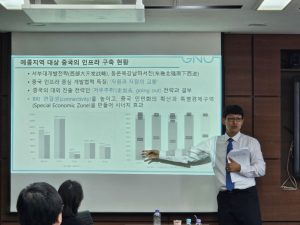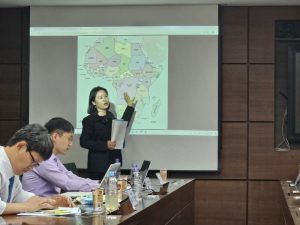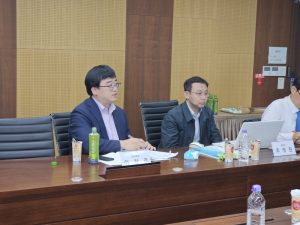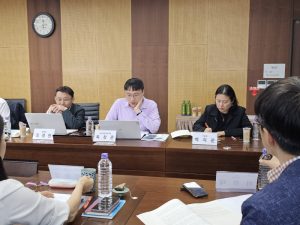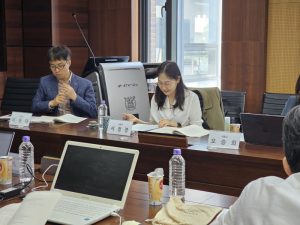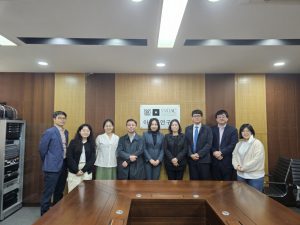A Critical Analysis of the Belt and Road Initiative: A Connectivity Perspective
- Date: May 8th, Wednesday, 2024, 13:50 – 17:00
- Location: Room 303, SNUAC (Bldg. 101)
[Session 1] Historical and Philosophical Perspectives on One Belt One Road Initiative 2:00-3:00
Moderator: Hyuntae Lee (Incheon Nat’l Univ.)
Presenters:
Jiwoon Baik (IPUS, SNU) – “From Bandung to One Belt One Road: China’s Africa Aid in the Cold War Era”
Jeong Kyung Seo (SNUAC) – “The Intersection of Idealism and Realism in China’s New International Order: ‘One Belt One Road’ as Seen in the Diplomatic History of Small Power States”
Discussant: Changjoon Ok (The Academy of Korean Studies)
[Session 2] One Belt One Road as Seen by Each Asian Country 3:20-5:00
Moderator: Jeong Kyung Seo (SNUAC)
Presenters:
Jungwon Cho (Korean Chinese Relations Institute, Wonkwang Univ.)– “Assessment and Prospects of China’s ‘One Belt One Road’ Policy over the Past Decade: Focusing on China’s Perception and Response from Four Central Asian Countries and Russia”
Seunghee Oh (Institute for Japanese Studies, SNU) – “Japan’s Perception and Response Strategy toward China’s ‘One Belt One Road’ Policy”
Kiryong Choi (Economy and Environment Committee, Gyeonsangnam-do Provincial Council)– “An Examination of the Mekong Region’s Social Acceptance of the ‘One Belt One Road’ Initiative: Focusing on Case Studies of Border Infrastructure Development in Laos and Cambodia”
Discussant: Hyuntae Lee (Incheon Nat’l Univ.), Changjoo Lee (Hankuk Univ. of Foreign Studies)
On May 8, 2024, the Northeast Asia Center of SNUAC held an academic event titled “A Critical Analysis of the Belt and Road Initiative: A Connectivity Perspective”. The event was divided into two sessions.
In the first session, titled “Historical and Philosophical Perspectives on One Belt One Road Initiative,” Professor Jiwoon Baik presented on the history and philosophical origins of ‘One Belt One Road’ under the theme “From Bandung to One Belt One Road: China’s Africa Aid in the Cold War Era.” He analyzed that ‘One Belt One Road’ wasn’t merely a sudden emergence of China’s foreign strategy or simple economic assistance but rooted in China’s revolutionary aid during the Cold War era. He traced the origins of ‘One Belt One Road’ back to China’s revolutionary aid in Africa half a century ago, particularly highlighting examples like the TAZARA (Tanzania-Zambia Railway) project. He argued that the foundation of ‘One Belt One Road’ can be found in Mao Zedong’s Three Worlds Theory, which manifested in China’s aid to Africa. By tracing the China-Africa relationship and Mao’s revolutionary theory, he suggested that a critical analysis of ‘One Belt One Road’ should break the framework of Western criticism that views it simply as imperialistic or resource-exploitative.
Following that, Professor Jeong Kyung Seo presented on the topic “The Intersection of Idealism and Realism in China’s New International Order: ‘One Belt One Road’ as Seen in the Diplomatic History of Small Power States.” She discussed how China, while exploring the possibility of a new international order, has been influenced by both idealism and realism. She examined China’s diplomatic history with small power states from the perspective of international order transformation. Dividing the analysis into three periods: challenging the mainstream orders led by the US and the USSR, accommodating the US-centric order through reform and opening-up, and exploring a future-centric order under containment, she critically reviewed the continuities and changes in China’s diplomacy with small power states.
In the second session, presentations on how various Asian countries perceive One Belt One Road were given. Professor Jungwon Cho analyzed the progress, achievements, characteristics, and issues of ‘One Belt One Road’ in Central Asia and Russia. He pointed out that while projects like energy infrastructure construction tailored to the region’s needs were perceived positively as they helped economic development, there were also criticisms regarding the lack of significant improvement in environmental issues and the high debt burden from loans from Chinese financial institutions. He predicted that without support from Western countries, the dependence on China would increase among Central Asian countries, exacerbating existing issues.
Continuing, Professor Seunghee Oh analyzed Japan’s consistent interest in China’s ‘One Belt One Road’ and how Japan has complemented its security and development cooperation policies. Although Japan has created a distinctiveness from China through high-quality infrastructure based on the trinity of aid, investment, and trade, she observed overlaps between Japan’s development cooperation mechanism and China’s emphasis on high-quality ‘One Belt One Road’ construction. She suggested the importance of maintaining an international order based on democracy and human rights distinct from ‘One Belt One Road’ and contemplating how to proceed with investment activities in third countries while adhering to sustainable development and human safety.
Lastly, Dr. Kiryong Choi presented a paper on the social acceptance of ‘One Belt One Road’ in the Mekong region. By categorizing the acceptance into three types: socio-political, communal, and market, he analyzed how ‘One Belt One Road’ is perceived by residents in Laos and Cambodia. He argued that China should explore strategies that are more appealing in terms of soft power rather than persisting with the current strategy. Through analyzing cases such as the Kunming-Boten-Vientiane railway in Laos, he highlighted the importance for China to seek strategies that are attractive in the realm of soft power rather than persisting with the current strategy.
Review by Jungmi Lee (Research Intern)

